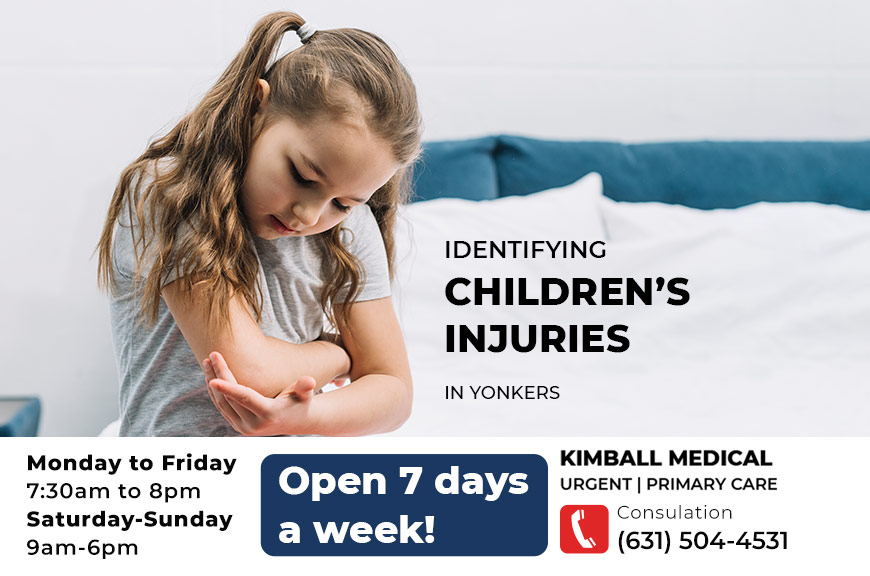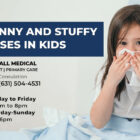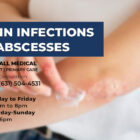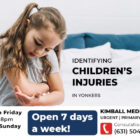When children get injured, especially while playing or participating in sports, it can be challenging to determine whether they’ve sustained a sprain, strain, or fracture. Understanding the differences between these injuries can help you act quickly and effectively. Let’s explore these common injuries, their causes, symptoms, and treatment options.
Sprains
What Is a Sprain?
A sprain occurs when ligaments (the tissues connecting bones) stretch or tear. Among children, ankle sprains are particularly common, though wrists and elbows can also be affected.
Causes
Sprains often happen during sports or play that involve jumping, landing awkwardly, or twisting movements. Activities like basketball and volleyball frequently lead to sprains.
Signs and Symptoms
- Pain (mild to severe)
- Swelling and bruising
- Difficulty moving the affected joint
- A popping sound or sensation during injury
Treatment Options
The standard treatment for sprains includes RICE therapy: Rest, Ice, Compression, and Elevation. In some cases, a medical provider may recommend:
- Immobilization with a brace or walking boot
- Physical therapy to restore strength and range of motion
- If left untreated, sprains can lead to chronic pain and reduced mobility, so prompt care is essential.
Strains
What Is a Strain?
A strain involves a stretched or torn muscle or tendon (the tissue connecting muscles to bones).
Causes
Strains often result from sudden movements, such as sprinting or stopping abruptly, or from repetitive overuse.
Signs and Symptoms
- Muscle pain or spasms
- Swelling
- Difficulty using the affected muscle
Treatment Options
Like sprains, strains benefit from RICE therapy. However, it’s crucial to have a medical evaluation to rule out injuries to growth plates, especially in children.
Fractures
What Is a Fracture?
A fracture is a break in the bone, which can be partial or complete.
Causes
Winter are the most common cause of fractures in children, especially on outstretched arms. Stress fractures can also develop from overuse.
Signs and Symptoms
- Severe pain and tenderness
- Swelling, bruising, or visible deformity
- Difficulty moving the affected limb
Treatment Options
Fractures usually require immobilization with a cast or splint. In severe cases, surgery may be needed to ensure proper bone alignment. Untreated fractures can lead to improper healing and long-term issues with bone growth and function.
When to Seek Medical Attention
Call your healthcare provider if your child:
- Experiences severe pain or visible deformity
- Has difficulty using the injured area even after initial healing
- Shows signs of instability in the affected limb
What are the benefits of going to urgent care?
Urgent care offers shorter wait times, cost-effectiveness, and convenience compared to emergency rooms for non-life-threatening injuries like fractures.






